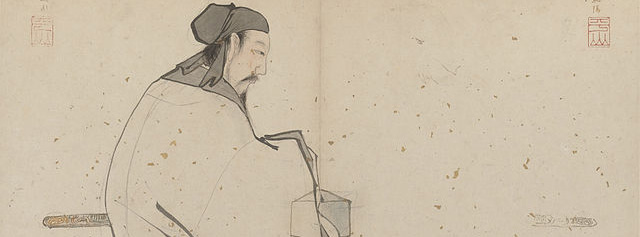
I am a formal student of internal martial arts or nèijiā
I maintain a practice of Northern
Wú (
In addition to an extensive curriculum of foundational training, form practice, partner exercises and qigong methods, this study included a traditional weapons curriculum of sword, saber and spear, some of which I describe below.
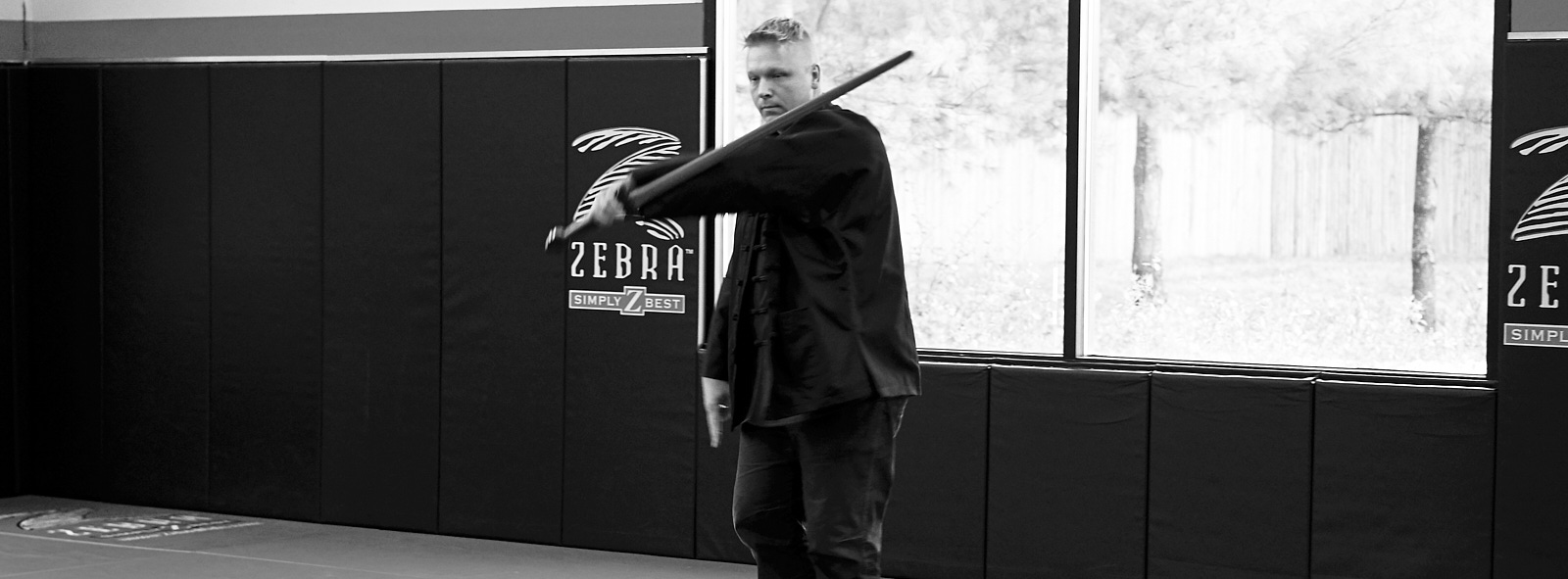
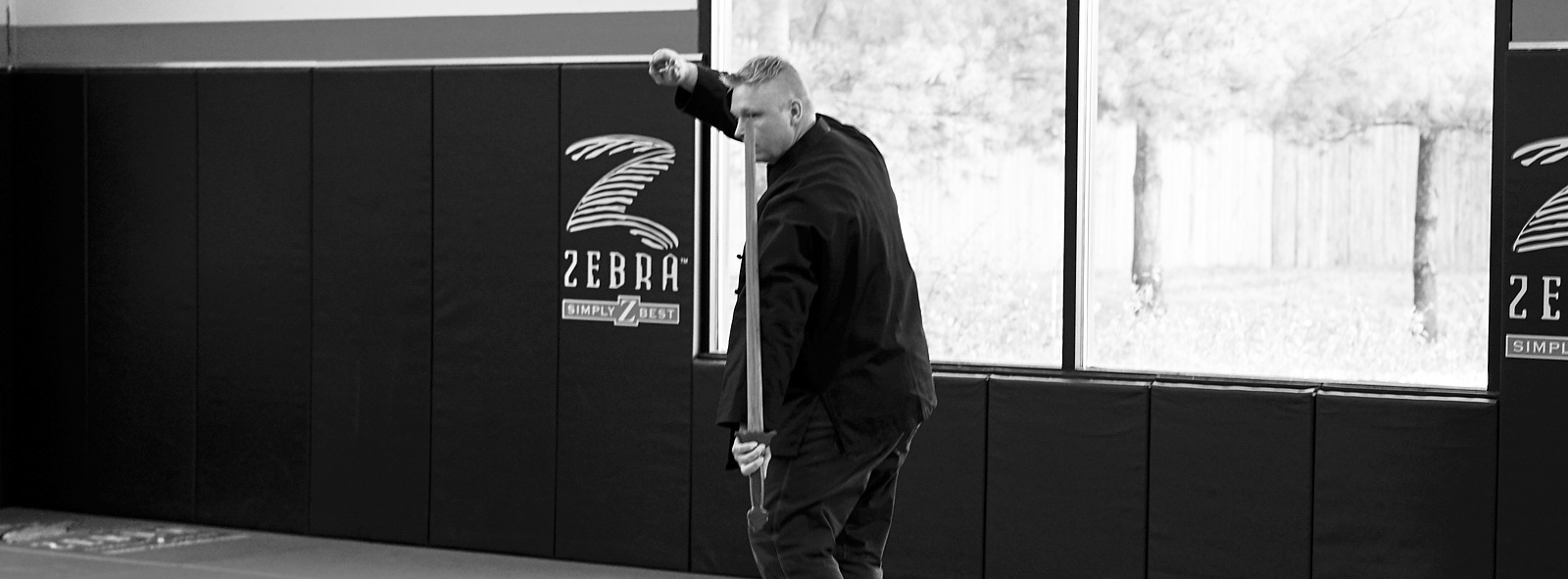
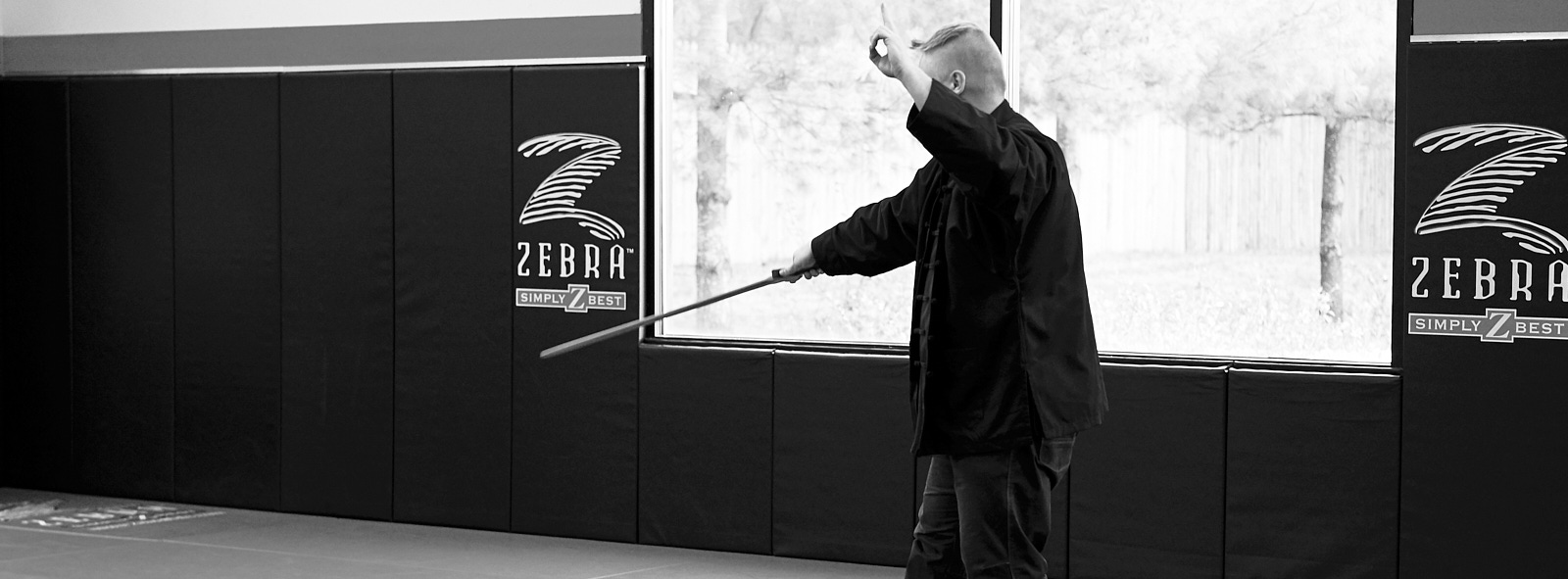
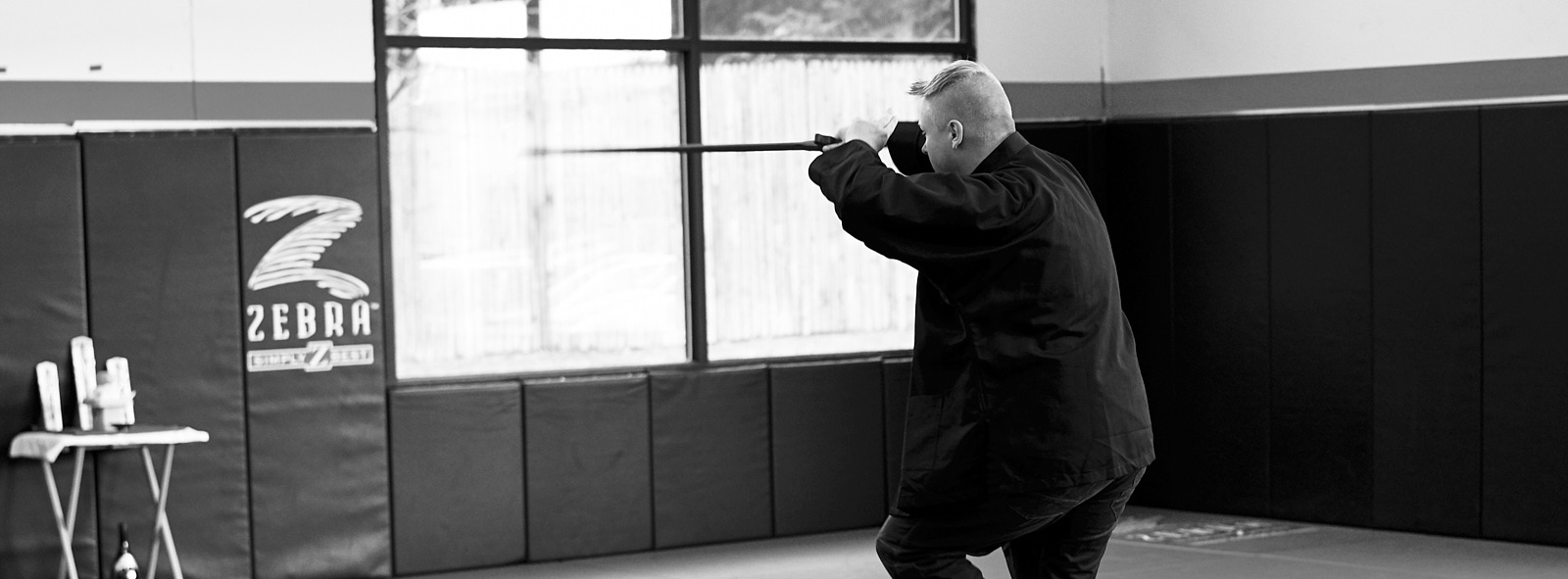
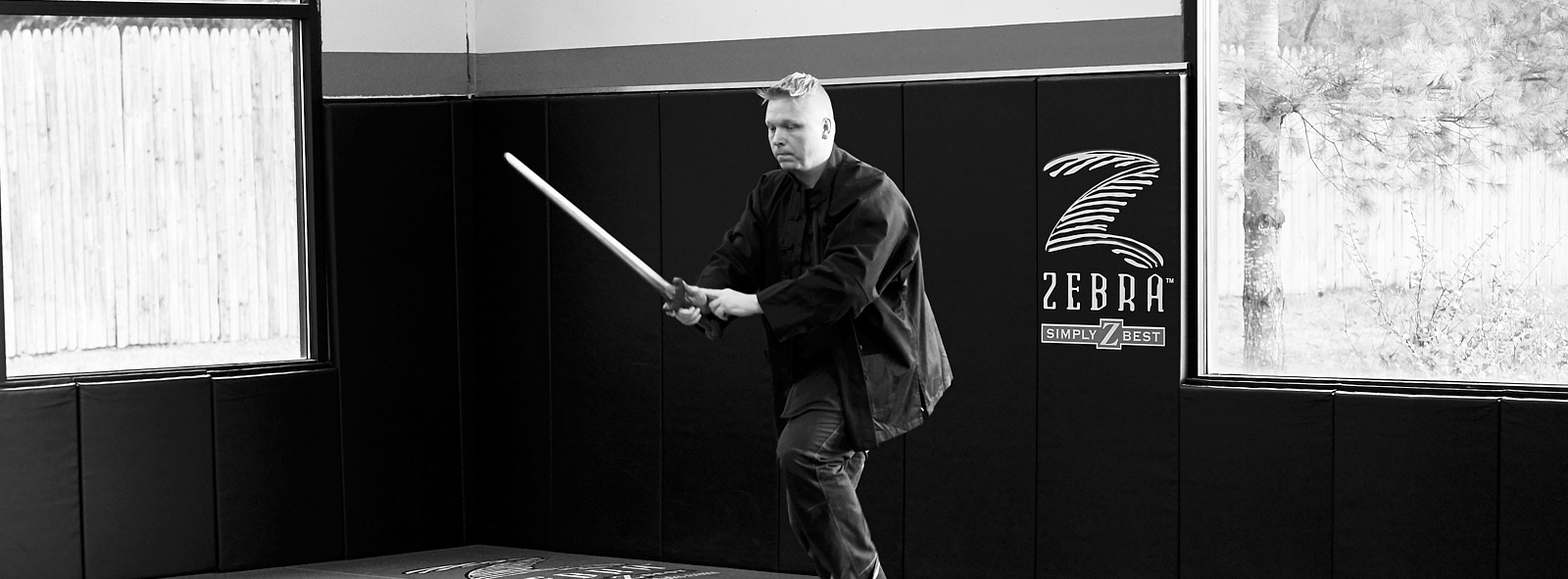
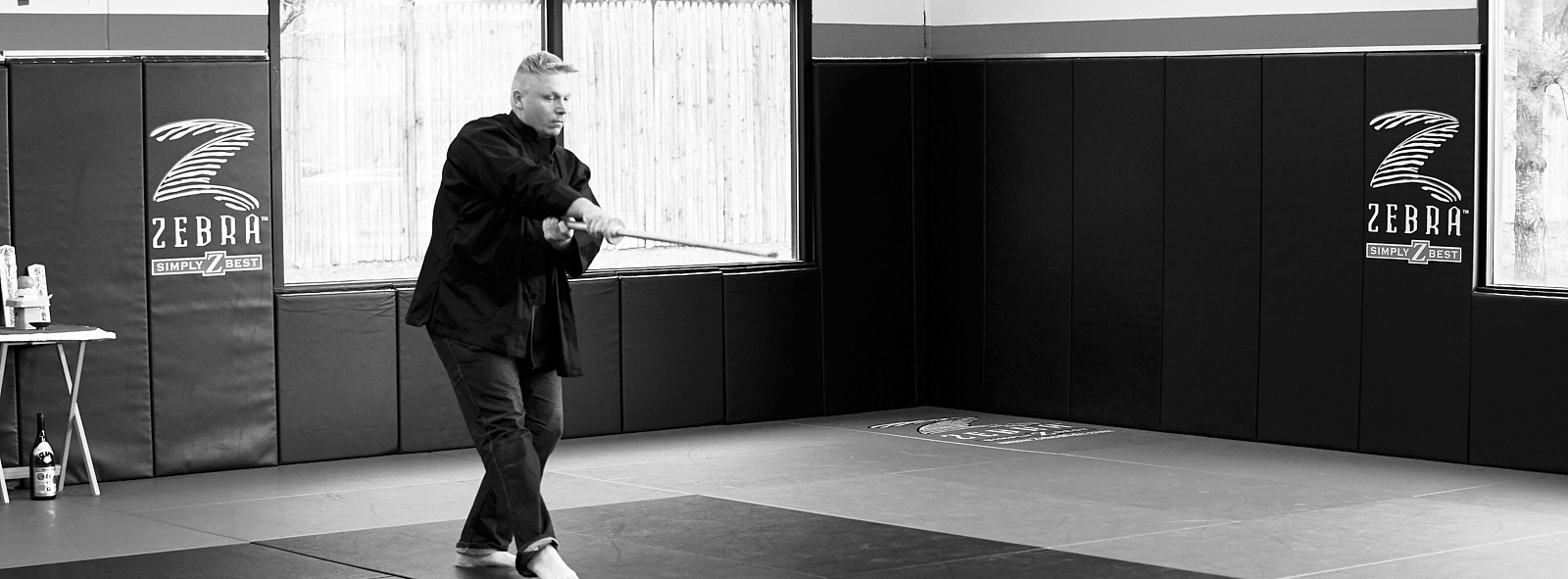
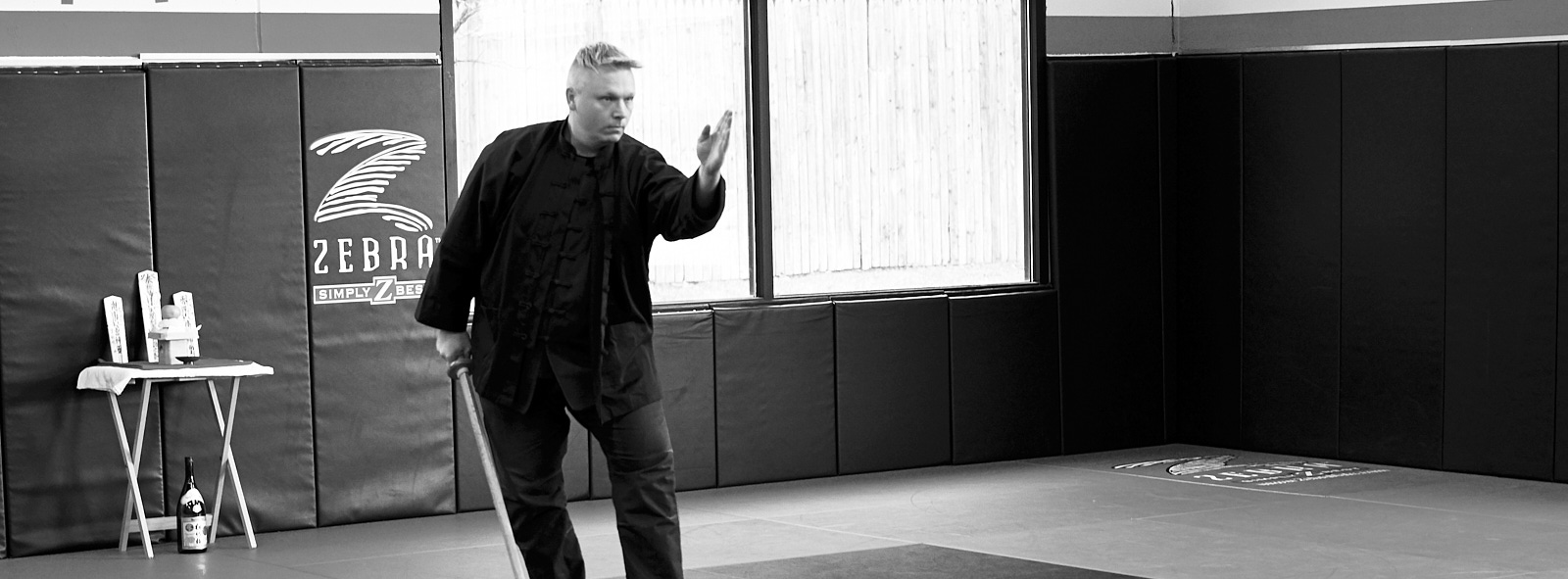
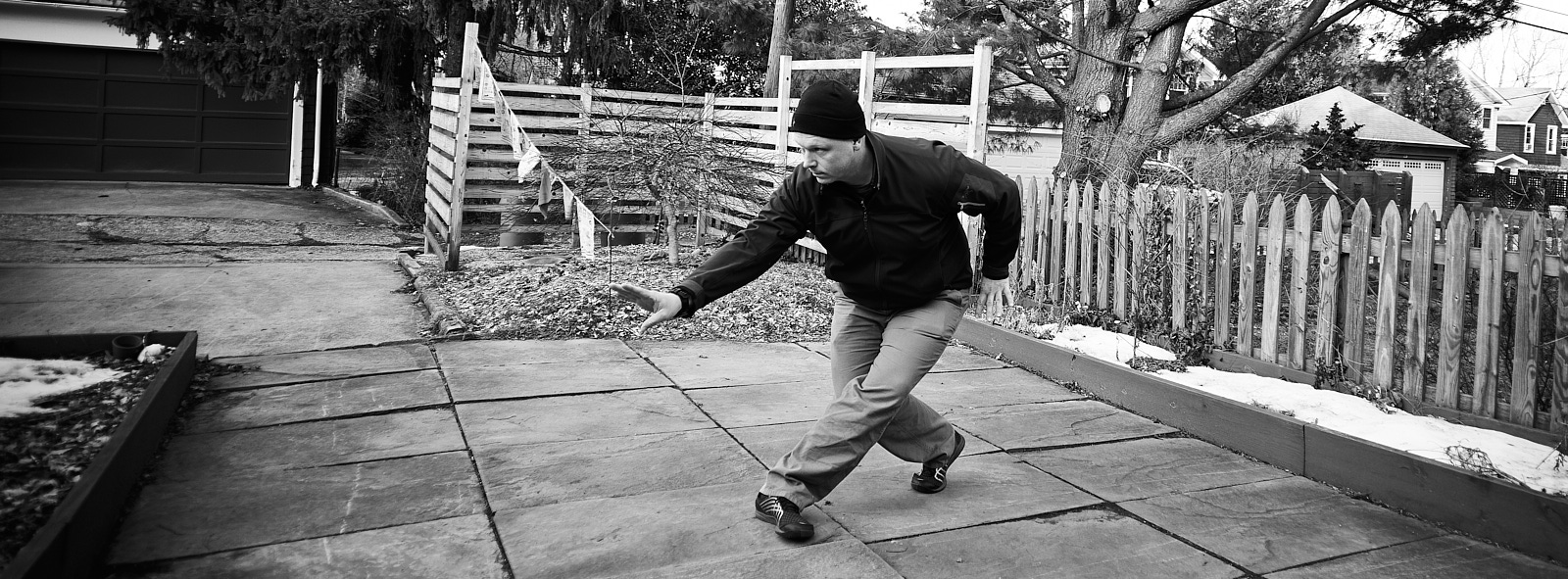
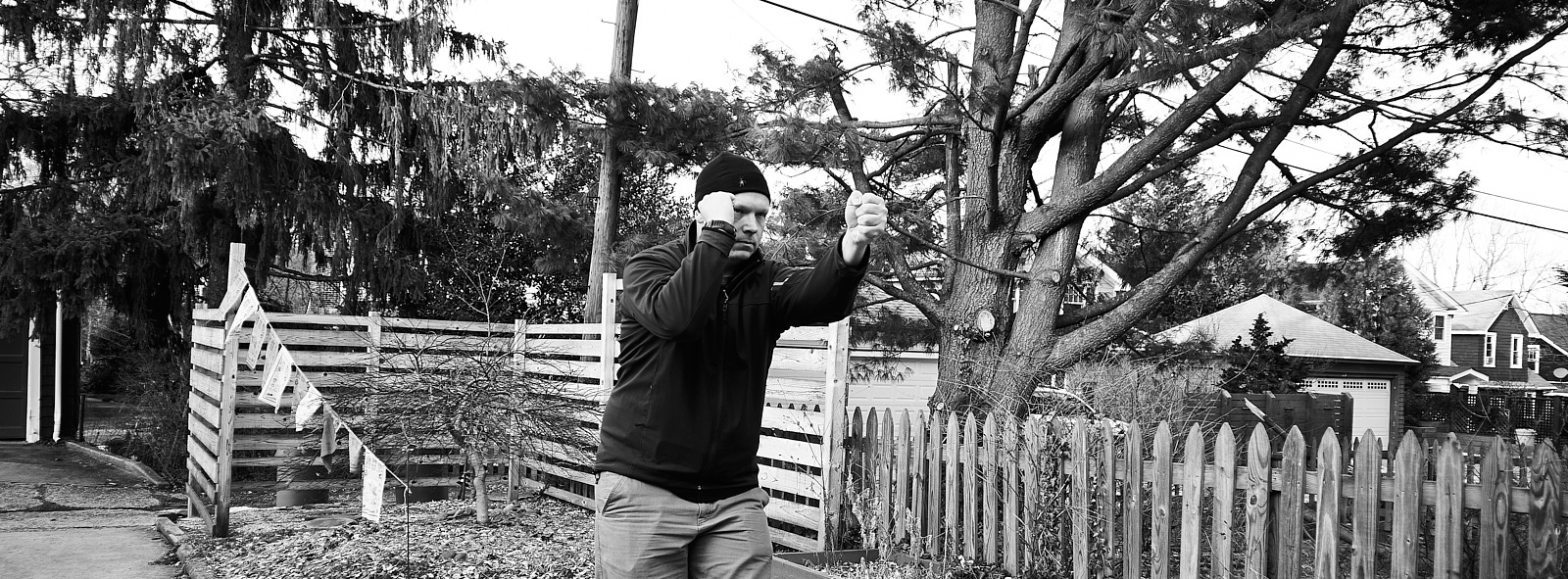
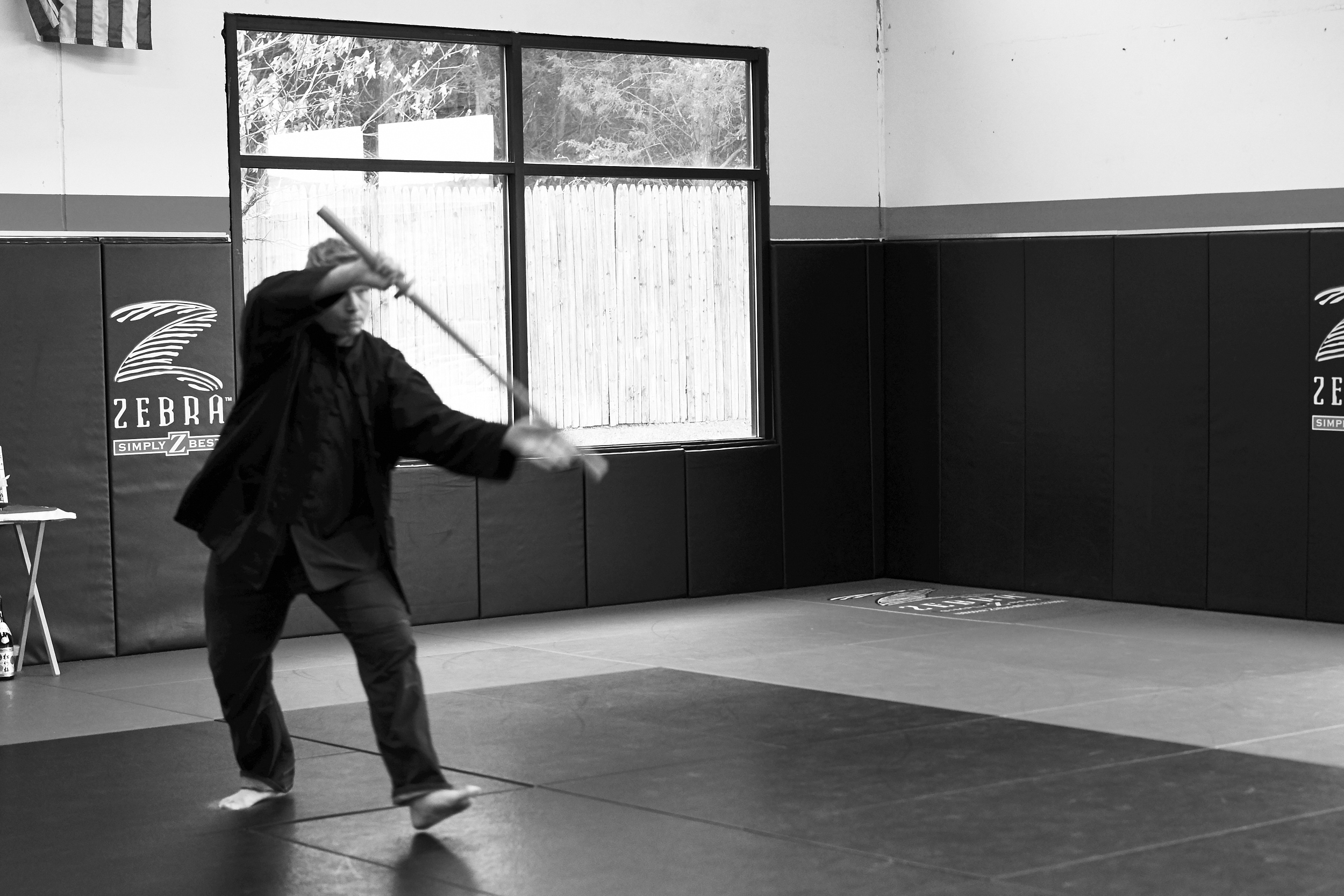
Taiji 64 posture Jian is a traditional form practiced in Northern Wu style Taijiquan that was likely arranged into its current form by Yang Yuting and Wang Maozhai. The Taiji 13 posture Dao form and its associated two-handed saber techniques dates to the time of Yang Luchan.
Taiji 24 Posture Spear practice is the longer of two sets taught in Northern Wu style Taijiquan. It begins with foundational techniques and its five sections develop sophisticated approaches to using a long (3m) hardwood spear called a ming qiang. These methods are different to those typically performed with a flexible waxwood spear (so-called plum flower spear) or very long spear (daqiang). This form is unique to Wu style, whose founder Wu Quanyou was a Manchurian member of the Qing dynasty imperial guard and yellow banner brigade. It is said to contain teachings from a reclusive master named Li that Wu Quanyou encountered during his travels.
Bagua Chunyang Jian (
Ba Gua Shibajie Dao or "Bagua 18 Interceptions Saber" is a practice developed by Ma Gui, senior disciple to Yin Fu and student of Dong Haichuan. It consists of a preliminary routine and then eight sections of eight tactics with the Goose feather saber, a long narrow one handed saber with circular guard.
Tian Gang Dao is the 36 star form of long sabre passed down within Baiyuan Tongbeiquan. It has 36 techniques taught in 13 sections and dates from the mid 18th century from a Tongbeiquan lineage that includes Li Shusen (1902-1975), who trained with Li Zhendong (1882-1977). This Tian Gang Dao form is the form taught by Li Zhendong to members of the Chinese 29th Army sword skills during the Sino-Japanese War.
Hebei Xingyi also contains direct and effective methods of sword, saber and spear associated to its five element practices (wuxing).